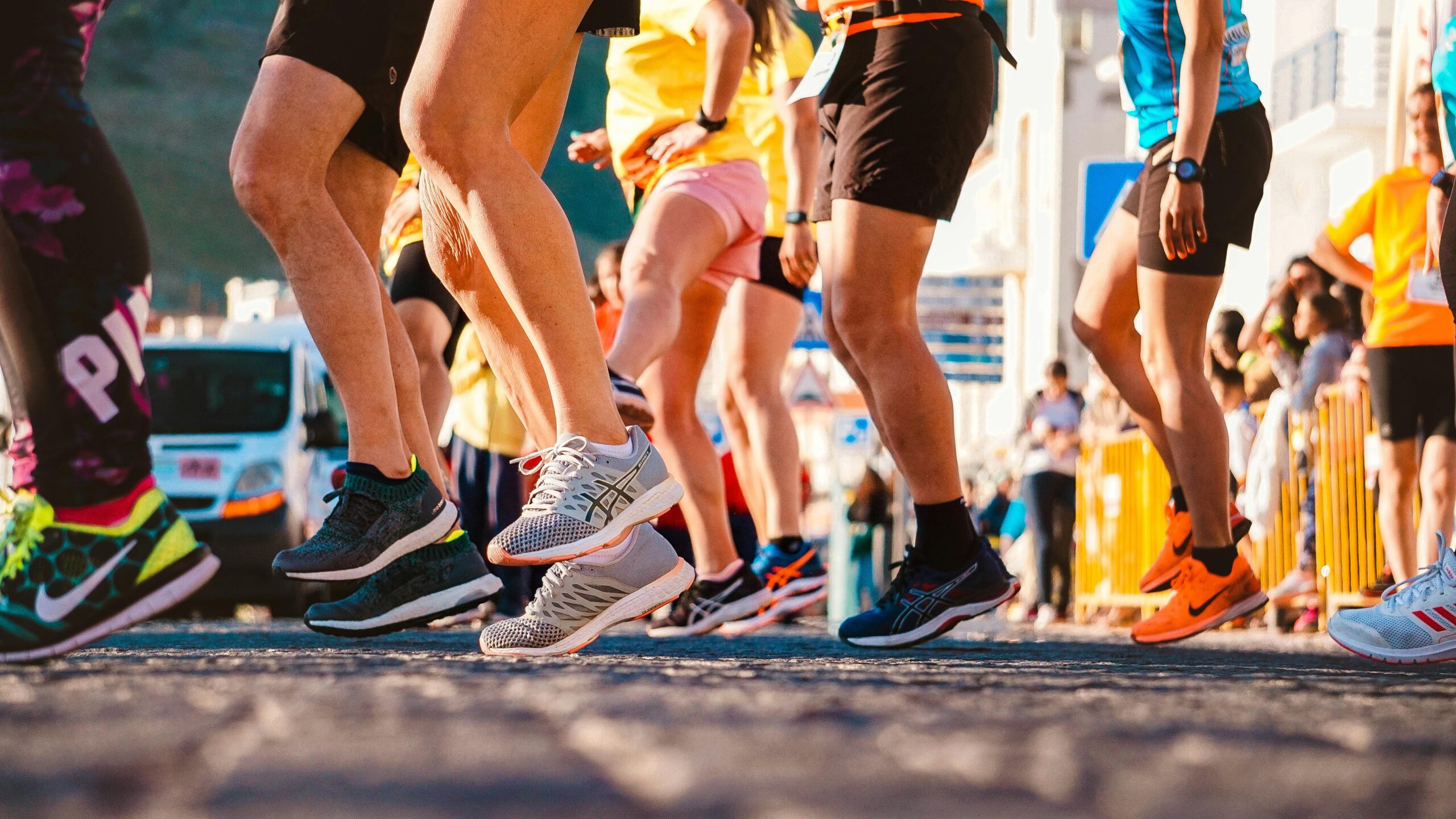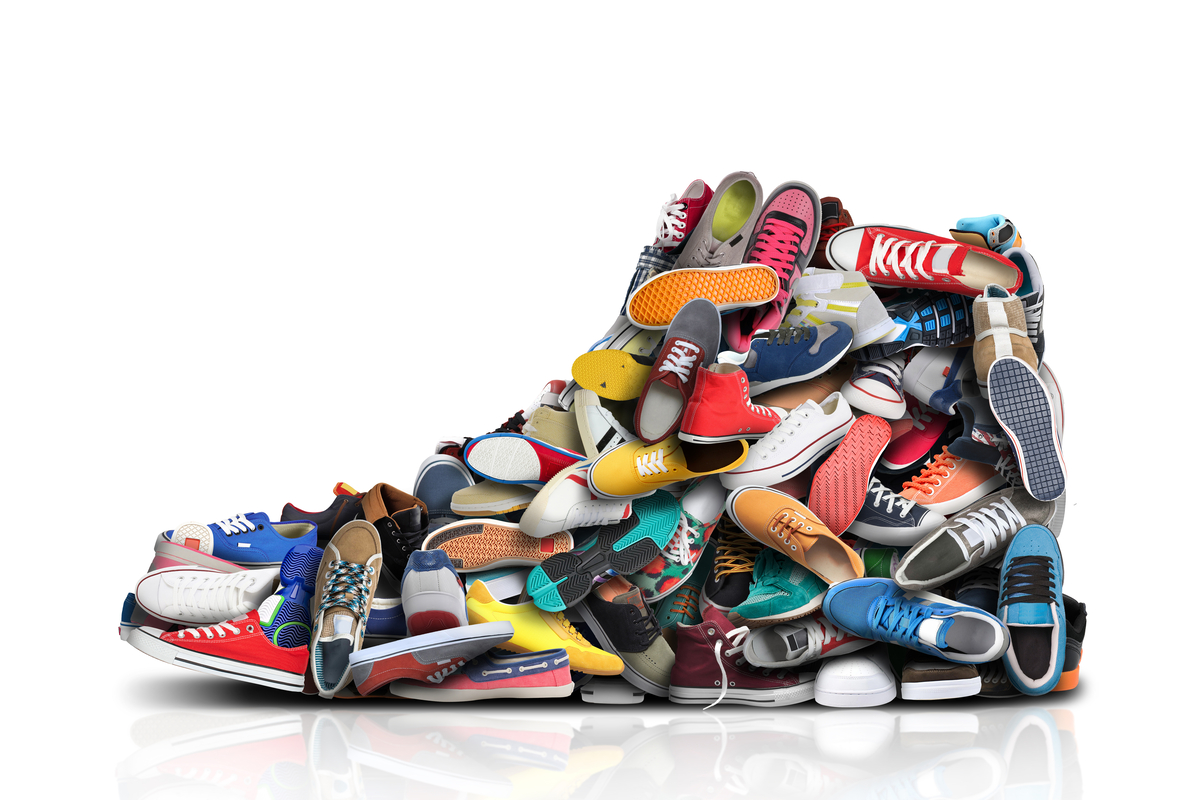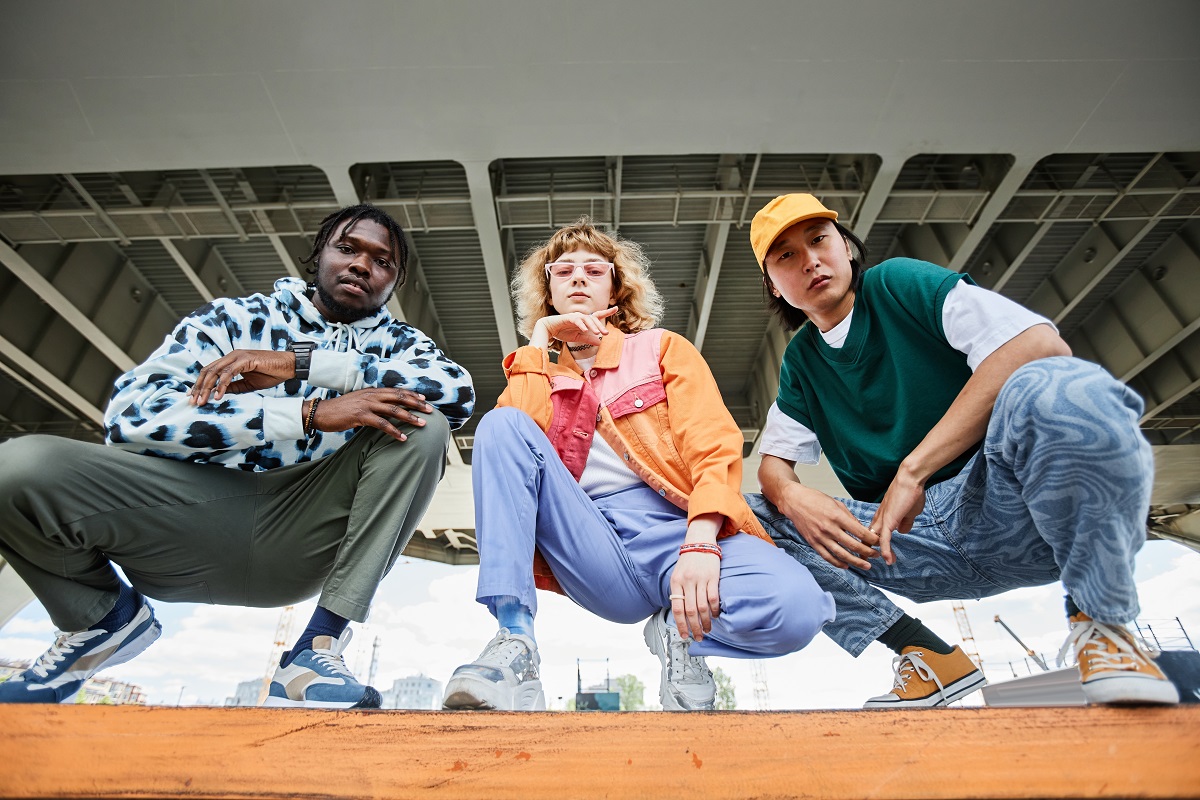In the fast-paced world of fashion, staying ahead of trends is crucial for success, especially in the dynamic realm of streetwear. Streetwear trend forecasting plays a vital role in shaping the industry, influencing design decisions, marketing strategies, and consumer preferences.
For individuals looking to carve a niche in this competitive landscape, understanding the nuances of trend forecasting is essential. In this comprehensive guide, we delve into the intricacies of streetwear trend forecasting, providing valuable insights and tips to help you navigate this exciting field successfully.
Understanding Streetwear Trend Forecasting
Before delving into the specifics of streetwear trend forecasting, it’s essential to grasp the concept itself. Trend forecasting involves analyzing current cultural, social, and economic factors to predict future trends in fashion. In the realm of streetwear, which is heavily influenced by urban culture, music, art, and sports, trend forecasting becomes even more critical.
By staying attuned to emerging trends and consumer preferences, designers and brands can create relevant and appealing collections that resonate with their target audience.
The Role of Streetwear Trend Forecasting
Streetwear trend forecasting serves as a guiding light for designers, brands, and retailers, helping them anticipate what will be popular in the upcoming seasons. By identifying key themes, colors, patterns, and styles that are likely to gain traction, professionals in the industry can make informed decisions about their design direction, production planning, and marketing initiatives.
Key Elements of Streetwear Trend Forecasting
Several essential elements contribute to effective streetwear trend forecasting:
- Market Research: Conducting thorough market research is crucial to understanding consumer behavior, preferences, and emerging trends. By analyzing data, trends, and consumer insights, fashion professionals can identify patterns and anticipate shifts in the market.
- Cultural Analysis: Streetwear is deeply rooted in urban culture, music, art, and subcultures. Keeping a pulse on these cultural influences is key to predicting upcoming trends in streetwear fashion.
- Runway Trends: While streetwear is often associated with casual and urban styles, it is not immune to high fashion influences. Monitoring runway trends and high-end designers can provide valuable insights into the direction of streetwear fashion.
- Collaborations and Influencers: Collaborations between brands, designers, and influencers play a significant role in shaping streetwear trends. Partnering with key players in the industry can help forecast upcoming trends and create buzz around new collections.
Tools and Techniques for Streetwear Trend Forecasting
Fashion professionals use various tools and techniques to forecast streetwear trends. By combining digital analytics with cultural awareness, brands can predict and adapt to emerging trends. Key methods include:
- Social Media Analytics: Platforms like Instagram, TikTok, and Pinterest track trends through engagement metrics, hashtags, and viral content.
- Trend Prediction Software: Tools like WGSN and Trendalytics provide data-driven insights into market movements.
- AI & Machine Learning: AI-powered tools analyze historical trends, consumer sentiment, and retail analytics to forecast upcoming styles.
- Fashion Weeks & Trade Shows: Events like Paris Fashion Week and ComplexCon offer firsthand insights into high fashion and streetwear influences.
- Influencer & KOL Collaborations: Monitoring and partnering with influencers helps brands anticipate shifts in consumer demand.
- Cultural & Industry Research: Combining digital analytics with real-world observations ensures a well-rounded forecasting approach.
Career Opportunities in Streetwear Trend Forecasting
The field of streetwear trend forecasting offers plenty of exciting career opportunities for individuals with a passion for fashion and a keen eye for trends. Some of the top roles in this domain include:
- Trend Analyst: Trend analysts study market data, consumer behavior, and cultural influences to predict future trends in fashion.
- Fashion Forecaster: Fashion forecasters analyze runway trends, consumer preferences, and market dynamics to forecast upcoming fashion trends.
- Trend Researcher: Trend researchers conduct in-depth research on cultural, social, and economic factors to identify emerging trends in the fashion industry.
- Brand Strategist: Brand strategists work with fashion brands to develop marketing and branding strategies that align with current and future trends in the market.
- Trend Consultant: Trend consultants provide expert advice to fashion brands on trend forecasting, product development, and marketing strategies.
Conclusion
In the ever-evolving world of streetwear, trend forecasting is a powerful tool that shapes the industry’s future. By analyzing cultural shifts, consumer behavior, and emerging styles, professionals can stay ahead of the curve and create designs that resonate with their audience.
With the right knowledge, tools, and insights, you can navigate this dynamic field and make a lasting impact on the fashion industry.
Key Takeaways:
- Streetwear trend forecasting is a crucial aspect of the fashion industry, guiding design decisions, marketing strategies, and consumer preferences.
- Understanding market research, cultural analysis, runway trends, and collaborations is essential for effective trend forecasting in streetwear.
- Career opportunities in streetwear trend forecasting include roles such as trend analyst, fashion forecaster, trend researcher, brand strategist, and trend consultant.
For those looking to enhance their skills and knowledge in streetwear trend forecasting, consider enrolling in the Parsons Streetwear Essentials online course and certificate program offered by Yellowbrick. This comprehensive program can provide you with valuable insights and practical tools to excel in the dynamic world of streetwear fashion.








